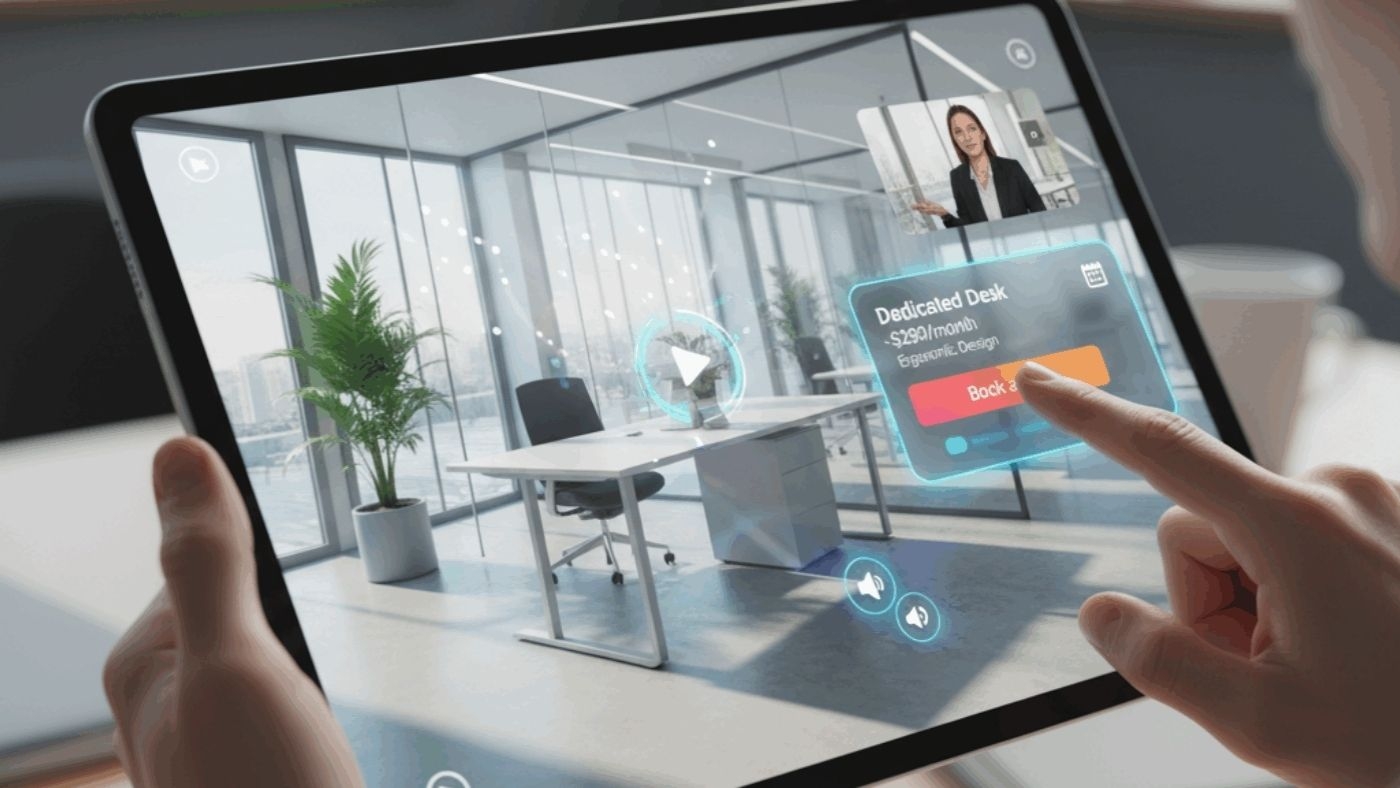In an age where customers expect more than just static images, how do you truly make your space come alive online? The answer lies in the power of interactive 3D virtual tours. While traditional photos offer a glimpse, a Ziara virtual tour doesn’t just show your space—it invites exploration, provides information, and guides your customers toward an unforgettable experience.
Forget flat, one-dimensional visuals. Here’s how interactive virtual tours elevate engagement and create deeper connections with your audience:
1. Immerse with Intelligent Points of Interest (POIs)
Imagine walking through a virtual hotel room and being able to click on the bed to learn about its luxurious features, or on a meeting room table to see its seating capacity. That’s the power of Points of Interest (POIs). These clickable tags can be strategically placed throughout your tour, offering:
- Detailed descriptions: Elaborate on unique features, amenities, or historical facts.
- Pricing information: Directly display costs for services or products in context.
- Feature highlights: Point out high-end finishes, specific equipment, or special details.
POIs transform passive viewing into active learning, ensuring every question is answered directly within the virtual environment.
2. Engage with Embedded Multimedia: Videos and Audio
Why just show when you can tell, or even demonstrate? Interactive tours allow you to embed rich multimedia content directly into your virtual space:
- Videos: Showcase a chef preparing a signature dish in your restaurant kitchen, a guided tour from your property manager, or testimonials from satisfied clients.
- Audio clips: Add background music to set the mood, or a voiceover narration explaining key areas as users explore.
This dynamic integration brings another layer of sensory engagement, making the tour far more compelling and memorable.
3. Streamline Bookings with Direct Calls-to-Action
One of the most powerful interactive features is the ability to embed direct calls-to-action right where they matter most. Imagine:
- “Book This Room” button: Directly on a specific hotel room or event space within the tour.
- “Schedule a Tour” link: For a real estate property.
- “View Our Menu” pop-up: In a restaurant’s dining area.
By reducing the steps between interest and action, you make it incredibly easy for potential customers to convert from explorer to client, driving bookings and inquiries directly from the tour.
4. Provide Comprehensive Information at a Glance
Beyond specific POIs, interactive virtual tours can host a wealth of general information, ensuring visitors have everything they need without leaving the tour:
- Floor plans: Help visitors understand the layout and flow of your entire space.
- Virtual “info desks”: A clickable pop-up that includes FAQs, contact details, opening hours, or links to other relevant pages on your website.
- Calendar integration: For event venues or coworking spaces, show availability.
This comprehensive approach answers questions proactively, making the customer journey seamless and efficient.
5. Create Personalized Journeys and Storytelling
Interactive elements allow for a degree of personalized storytelling. Instead of a linear video, users choose their path, deciding what they want to explore and in what order. You can even design “guided tours” within the virtual experience that highlight specific narratives—e.g., “The History of Our Venue” or “Our Most Popular Event Layouts.”
This freedom of exploration empowers the user, making them feel in control of their discovery and forging a stronger connection with your brand.
Transform Passive Views into Active Experiences
Interactive 3D virtual tours are no longer just about seeing a space; they’re about experiencing it. By integrating rich information, multimedia, and direct actions, you provide an immersive journey that informs, engages, and ultimately converts curious visitors into loyal customers.


Leave